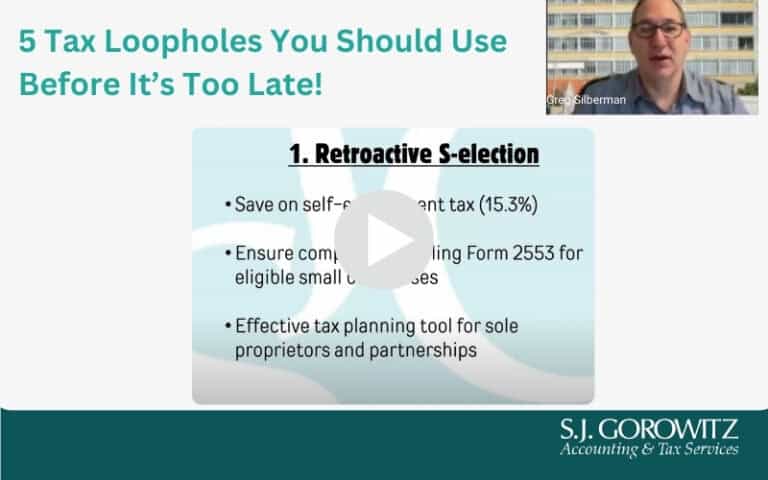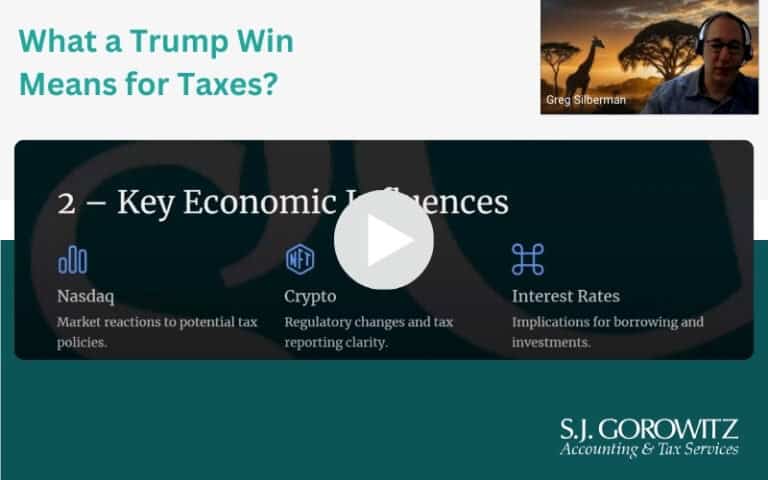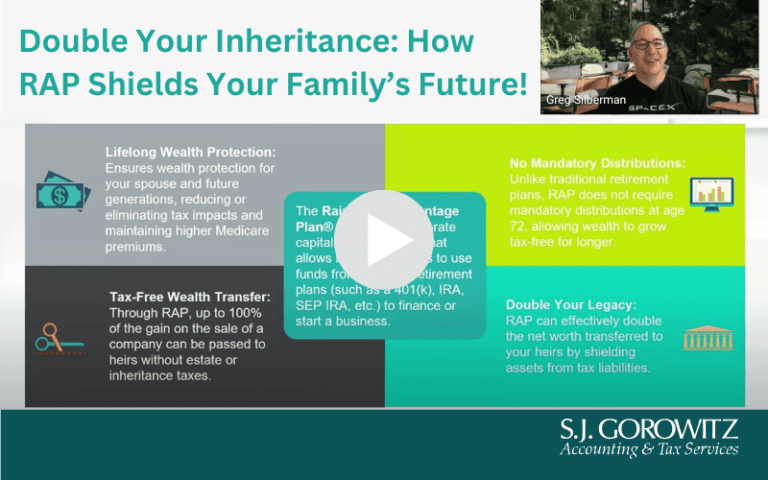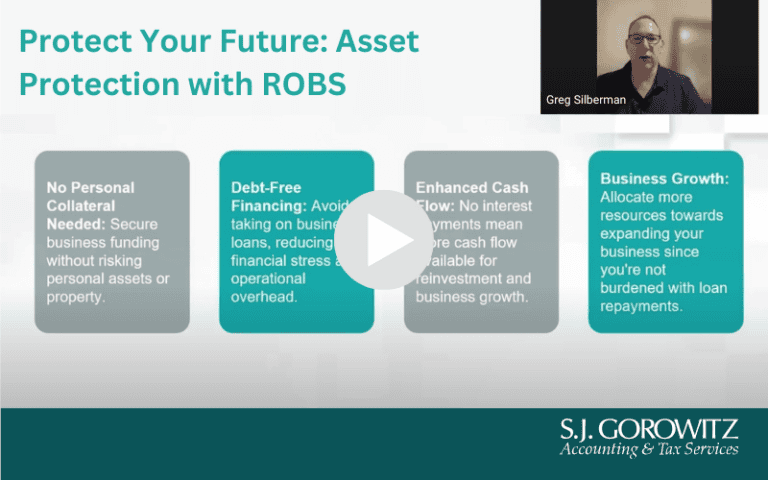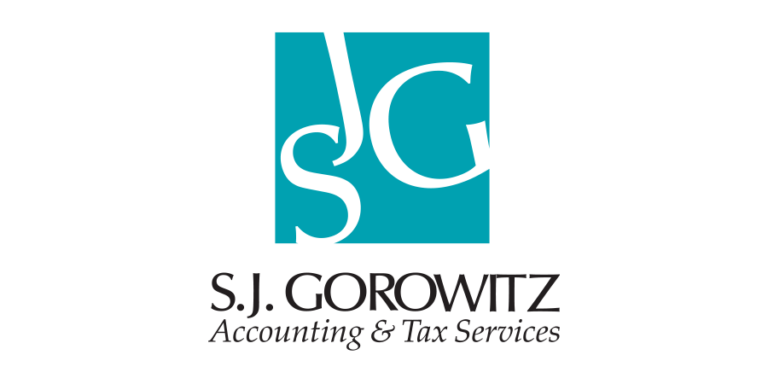
Welcome back to our series exploring the introduction of Operational Efficiencies to your business.
In our first three installments, we discussed:
- The need for implementing efficiencies to thrive and create competitive advantage in a rapidly changing environment.
- “Rules of the Game” to encourage ideas and promote participation of all team members.
- Capturing and organizing ideas and opportunities for improvement.
The next step in our process is to determine what ideas to pursue further and implement.
We suggest that you schedule and plan your operational efficiencies meeting to include your entire organization then follow guidelines for operating your meeting:
- Draft, publish and follow a formal meeting agenda
- Assign a meeting leader or facilitator
- Assign responsibilities/expectations for presenting ideas/opportunities
- Distribute list of suggestions and opportunities for operational improvement already organized (in our case, by functional area)
- Review “Rules of the Game” (#3 in our series)
- Review criteria to determine and prioritize initiatives:
- Saves Time
- Saves Money
- Enhances Overall Appearance of Product or Service
- Reduces Potential for Errors
- Adds to the Bottom Line
Based upon the above criteria, discuss each idea on the list of suggestions and assign an initial rank using a simple system like this one:
- Top priority, to be completed ASAP
- Good idea, to be researched and completed by specified date
- Idea has potential, research and evaluate for further consideration
- Hold, revisit next year
- Pass
In addition to the established criteria, other criteria that help the team to rank and prioritize might include:
The Excitement Factor
Is it “cool” technology?
Is it interesting?
Is it a Fun idea?
Is there clear consensus?
Will it be Easy vs. Hard to Implement?
Time commitment?
Financial commitment?
The following is an example of an initiative we explored and implemented several years ago:
Technology: (functional area)
Change internet service provider from “Provider X” to “Provider Y” (idea/opportunity/initiative)
Notes: Provide Y offers speeds up to 7X faster with a $200/month savings
Initial Rank: “A”
This idea seemed like a no-brainer, and ultimately for our team it was. But sometimes ideas that look good on the surface don’t work out as well when you get into the details. If the new provider required thousands of dollars in up front construction costs or a lengthy commitment (to what might quickly become “old technology” in a rapidly changing industry), we might have elected to “Pass” on this otherwise good idea.
In our firm, we have found that conducting an annual firm-wide operational efficiencies meeting works well. This allows us to review the prior year’s initiatives, measure results, review the status of ongoing initiatives, openly discuss and prioritize current ideas for the next more productive year!

















